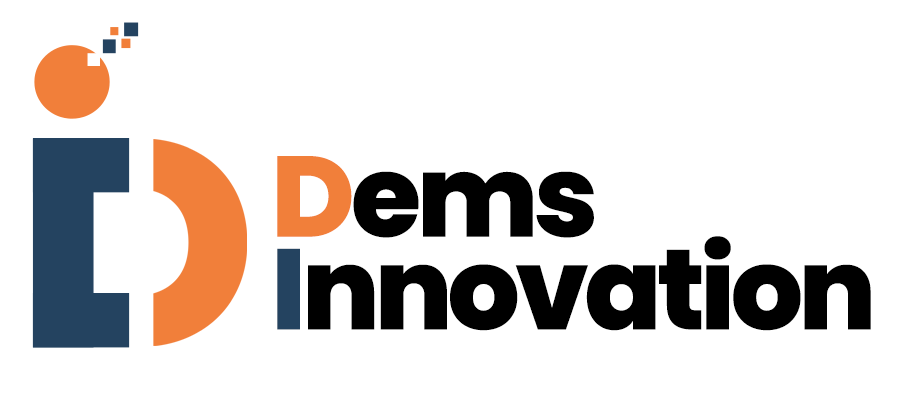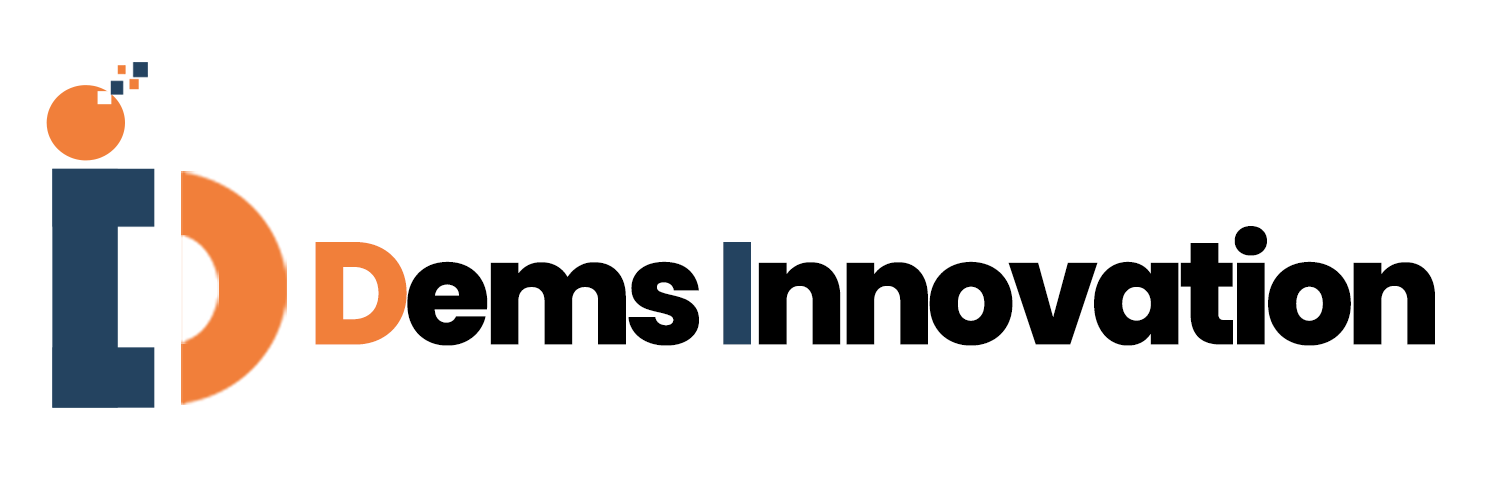DevOps has revolutionized the way software is developed and deployed, enabling organizations to deliver applications faster and with greater efficiency. However, the emphasis on speed and agility can sometimes lead to security oversights. This is where DevSecOps comes in – the integration of security practices into the DevOps process. In this article, we will explore the importance of DevSecOps, the challenges it addresses, and best practices for ensuring a secure and robust DevOps pipeline.
The Importance of DevSecOps: Securing the Modern Software Lifecycle
Traditionally, security was treated as a separate phase at the end of the development cycle. With DevSecOps, security becomes an integral part of the entire software development lifecycle. By bringing security into the early stages of development, organizations can identify and mitigate potential vulnerabilities before they become critical issues.
Challenges Addressed by DevSecOps
- Continuous Security Testing: In a fast-paced DevOps environment, frequent code changes require continuous security testing to ensure vulnerabilities are caught in real-time.
- Compliance and Auditing: DevSecOps ensures compliance with industry standards and regulations by automating compliance checks and providing audit trails.
- Third-party Dependencies: Managing and securing third-party dependencies is crucial to prevent supply chain attacks.
Best Practices for Implementing DevSecOps
1. Culture of Collaboration:
Promote a collaborative culture that fosters communication between development, operations, and security teams. Encourage shared responsibility for security across the organization.
2. Automated Security Testing:
Implement automated security testing throughout the CI/CD pipeline. Utilize tools like SAST (Static Application Security Testing), DAST (Dynamic Application Security Testing), and SCA (Software Composition Analysis) to detect and fix vulnerabilities early.
3. Infrastructure as Code (IaC) Security:
Apply security best practices to your infrastructure code. Leverage tools like Terraform and Ansible to provision secure and compliant infrastructure.
4. Secure CI/CD Pipeline:
Implement access controls and encryption in your CI/CD tools. Ensure that only authorized personnel can access and modify the pipeline.
5. Container Security:
If using containers, secure them by scanning container images for vulnerabilities and ensuring they run with minimal privileges.
6. Continuous Monitoring and Incident Response:
Deploy continuous monitoring to detect suspicious activities and respond to security incidents promptly.
7. Security Training and Awareness:
Educate all team members on secure coding practices and the importance of security in the DevOps lifecycle.
Conclusion
DevSecOps is not just a buzzword; it is a vital practice for ensuring the security and reliability of modern software delivery. By integrating security into every stage of the DevOps pipeline, organizations can deliver software with confidence, knowing that it meets high-security standards. Embrace the principles of DevSecOps, follow best practices, and make security a shared responsibility for a safer and more robust DevOps process.
By following the best practices outlined in this article, you can enhance the security of your DevOps pipeline and deliver software that not only meets speed and efficiency requirements but also stands strong against potential threats and attacks.
demsinnovation twitter page : https://twitter.com/DemsInnovation
Visit https://demsinnovation.com/ to know about DevOps services
Visit blog page for more interesting blog articles https://demsinnovation.com/news-page/
Ever wandered what DevOps is all about visit our blog page to know more

